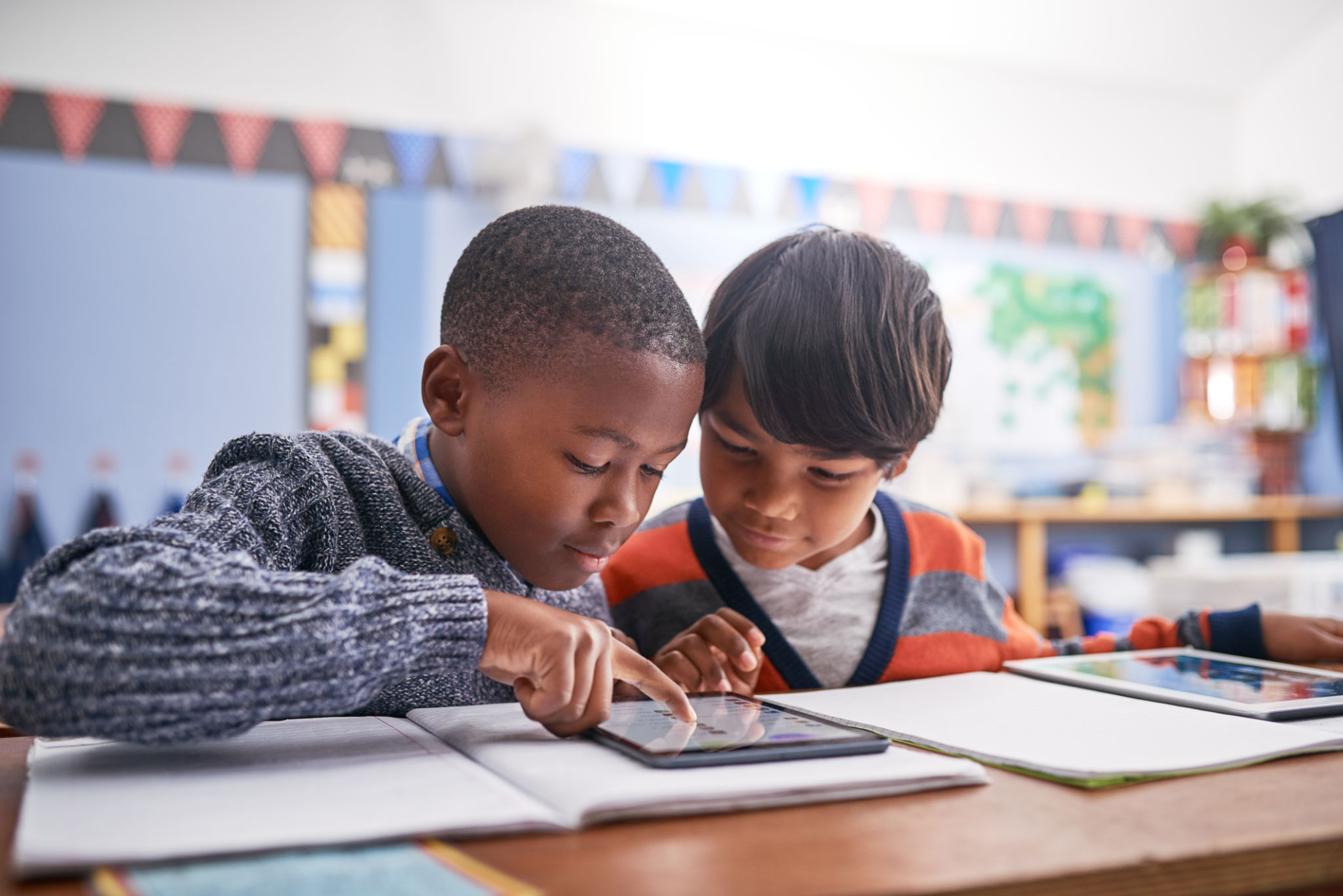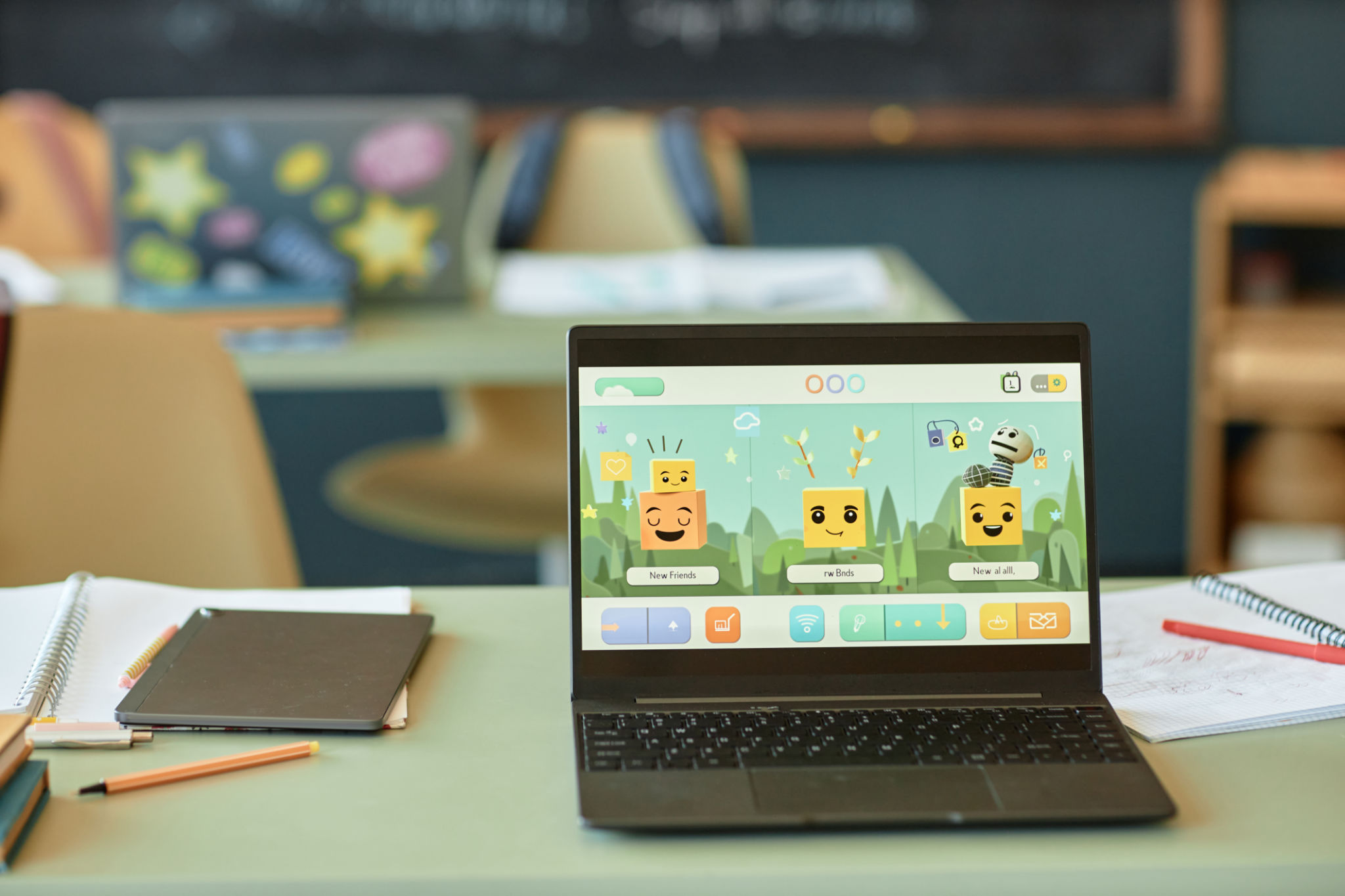The Impact of Technology on Classroom Learning: Trends and Insights
Introduction to Technology in Education
In recent years, technology has radically transformed classroom learning, reshaping educational environments and methodologies. From interactive whiteboards to digital textbooks, the integration of technology offers students and teachers new ways to engage with educational content.

Interactive Learning Tools
One of the most significant impacts of technology is the advent of interactive learning tools. These tools, such as tablets and smartboards, allow students to engage with material in a more dynamic way. Instead of passively listening to lectures, students can now participate in interactive activities that make learning more engaging and effective.
Moreover, these tools support various learning styles, catering to visual, auditory, and kinesthetic learners. Interactive tools also provide immediate feedback, helping students understand their progress in real-time.
Benefits of Gamification
Gamification is another trend gaining traction in classrooms. By incorporating game-like elements into lessons, educators can increase student motivation and participation. Points, badges, and leaderboards turn learning into a more engaging experience.

Online Resources and Accessibility
The internet has opened up a world of resources for both students and teachers. Online platforms offer a vast array of courses, tutorials, and learning materials that can be accessed anytime, anywhere. This accessibility ensures that education is no longer confined to the classroom.
Additionally, online resources can help bridge educational gaps by providing quality materials to underserved communities. Accessibility has become a cornerstone of modern education, leveling the playing field for students worldwide.
Impact on Teacher Roles
Technology has also transformed the role of teachers, shifting from traditional lecturers to facilitators of learning. With access to a multitude of digital tools, educators can personalize learning experiences to better meet individual student needs.

Challenges and Considerations
Despite the many benefits, integrating technology in the classroom presents challenges. Issues such as digital equity, privacy concerns, and the need for teacher training require careful consideration. Schools must ensure that all students have equal access to devices and the internet.
Furthermore, teachers need adequate training to effectively implement technology in their teaching strategies, ensuring that these tools are used to enhance learning rather than distract from it.
Future Trends in Educational Technology
Looking ahead, trends such as artificial intelligence, virtual reality, and augmented reality are poised to further revolutionize education. These technologies offer immersive learning experiences that can simulate real-world scenarios, providing valuable practical experience.
As we continue to embrace these advancements, it's crucial to remain mindful of the evolving landscape and strive to balance technological innovation with effective teaching practices.
